Photographer Peggy Kuiper: ‘Making mistakes is necessary.’
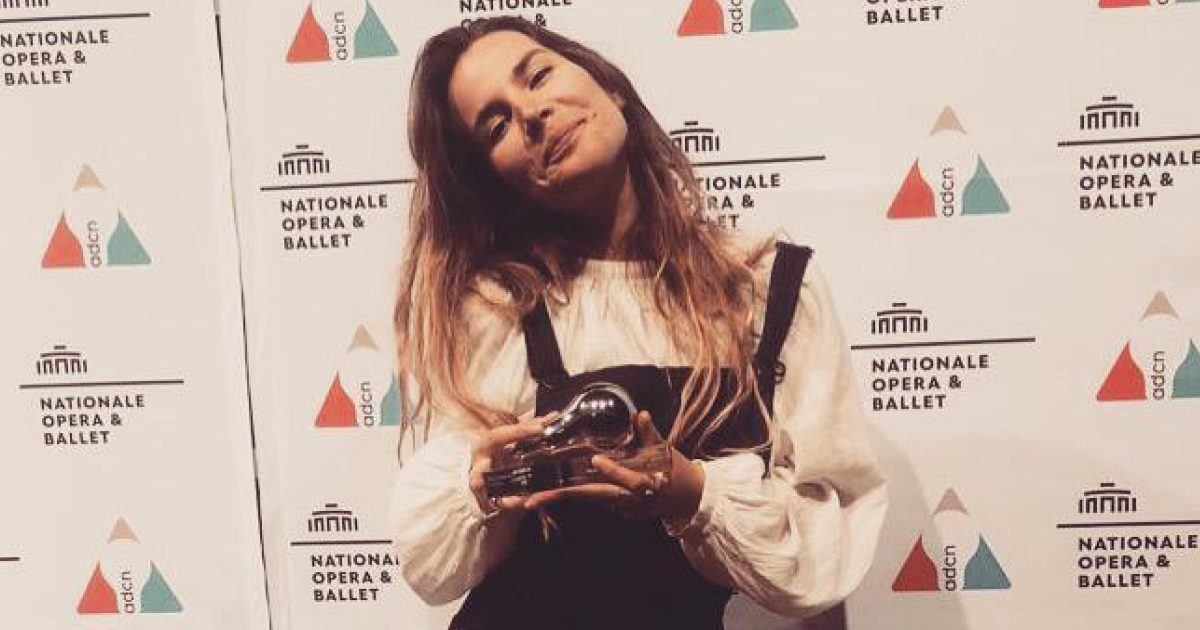
Photographer Peggy Kuiper: ‘Making mistakes is necessary.’
From graphic design to art direction: photographer Peggy Kuiper is no one-trick-pony. Her openness to experimentation and other forms of media very much shows in her work: estranged fashion portraits and stills that offer an escape from reality. Let’s see what she, a Jury Member of our Craft: Photography category, has to say about Dutch creativity…
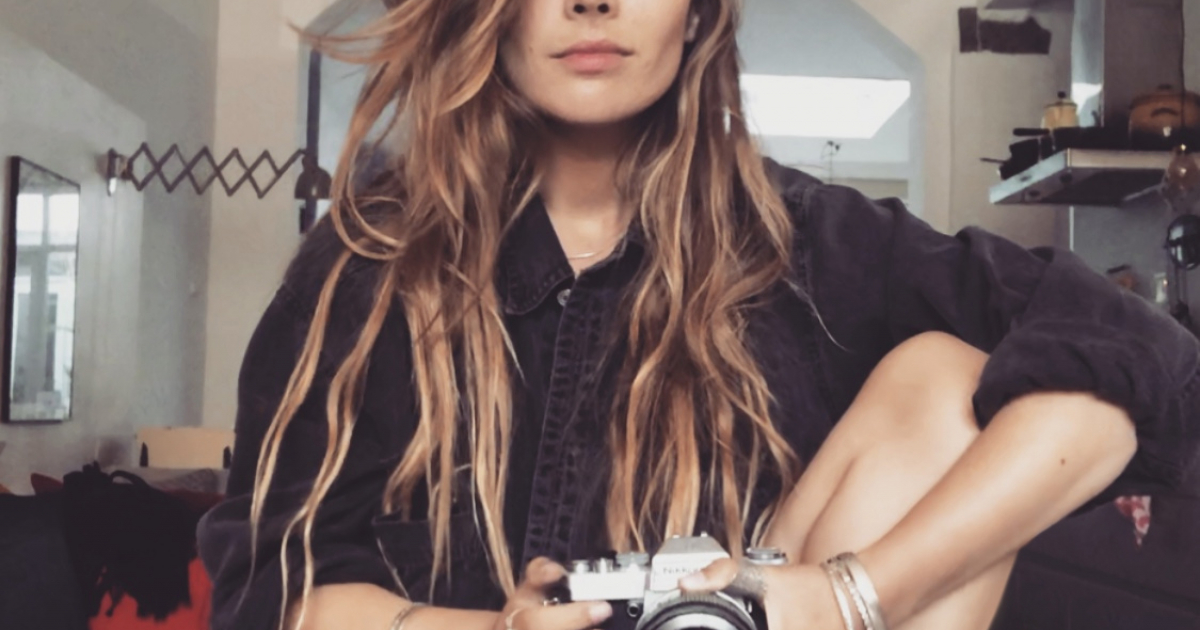
Which of your projects are you most proud of? Why?
A difficult question to answer, as I feel that my proudest project is yet to come. The project I did for Dio Braaf, the musician, however was greatly received. He asked me to take pictures of his artwork; this resulted in extremely graphic portraits with outspoken colours and contrasts. Here you can definitely see my background as a graphic designer.
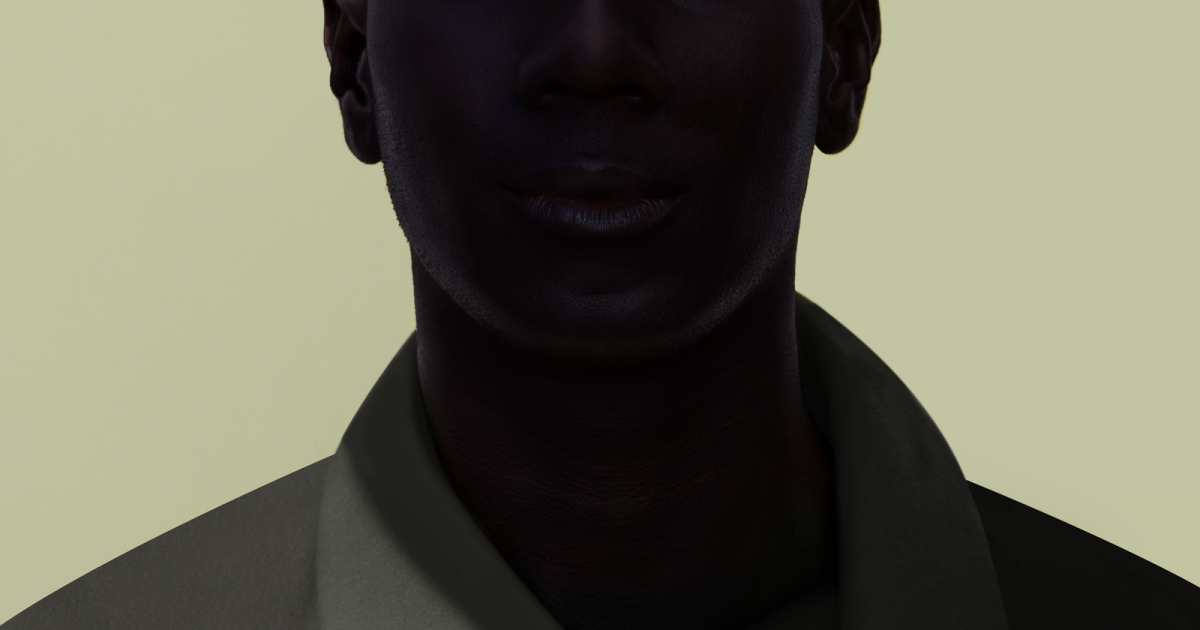
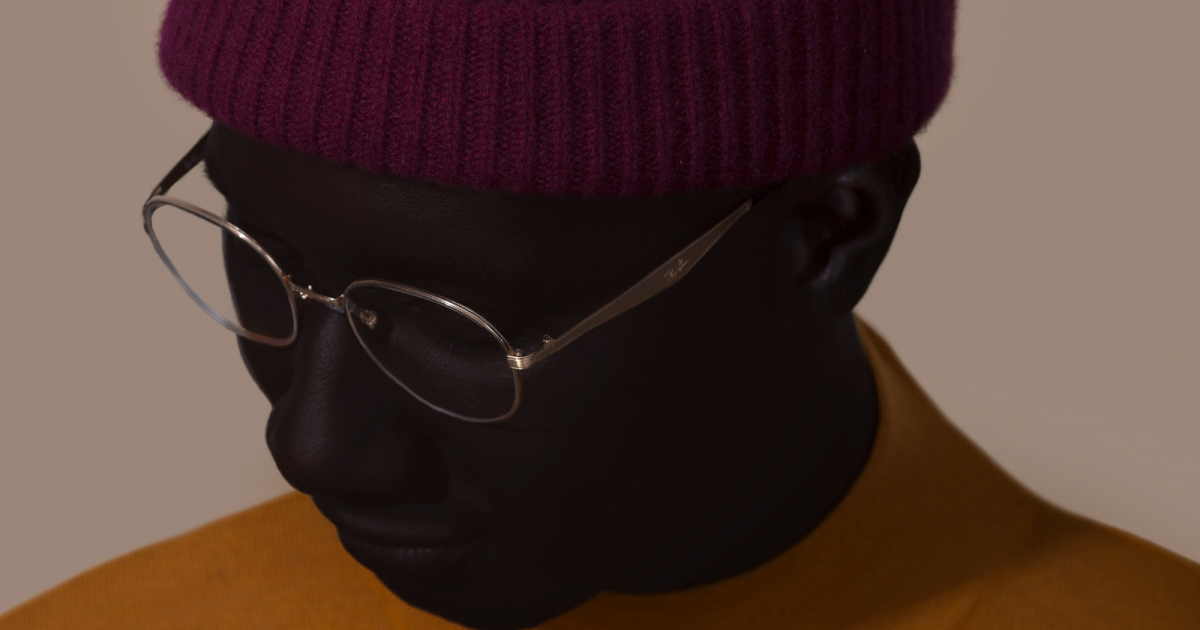
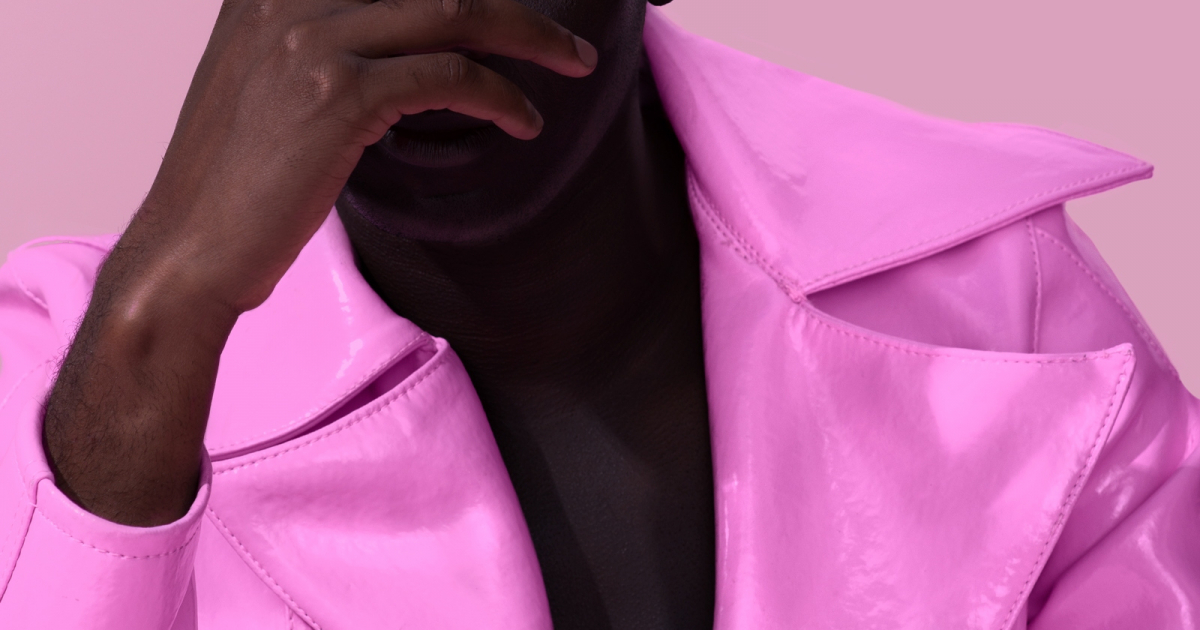
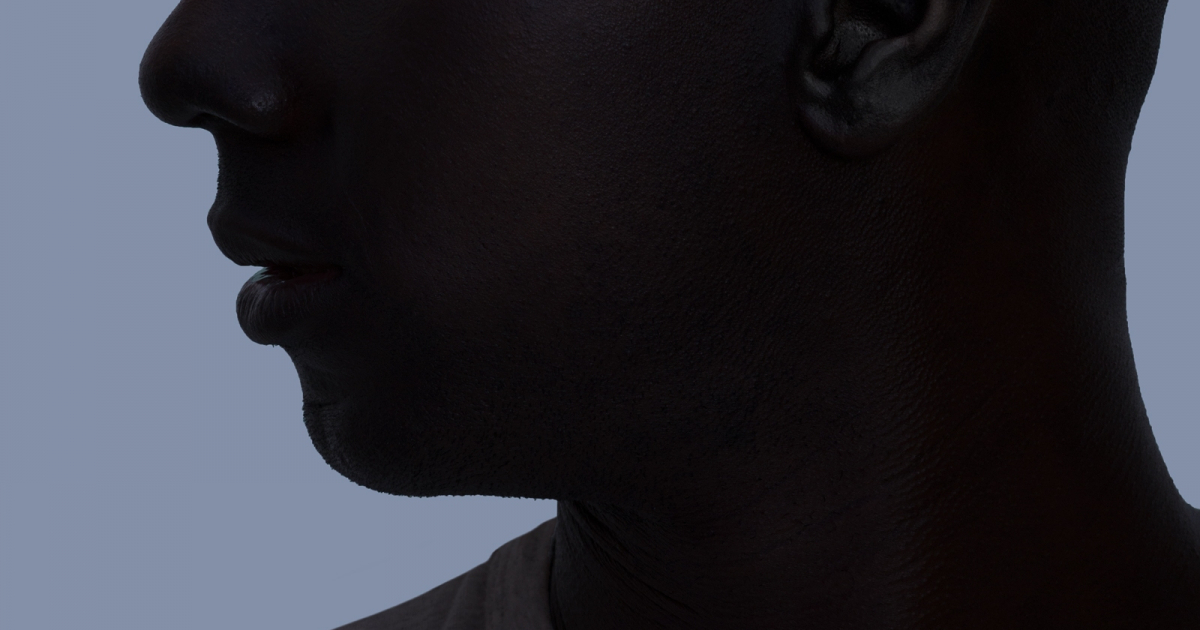
How do you deal with (the fear of) failure? Any tips?
As a creative, I always have a clear vision. But by now I understand that I can’t get there in a straight line: rather, it’s a shaky journey. Sometimes the initial vision changes or I meet other people, who provide useful feedback which improves my work. I don’t really believe in failure. I think it’s necessary to ‘make mistakes’ because it’s exactly these mistakes that teach you something new, which in fact might make your work better in the end.
How do you see your work progressing over the next decade?
I recently discovered painting and that changed how I feel about photography. As a photographer, I’m always looking for ‘perfect imperfections’: people who don’t meet the norm fascinate me. When I paint, I have even more freedom and control and I can add a more intense emotional layer. Because these two mediums are different but also similar, I would like to mix them more.
Can you recommend one thing that sparked your imagination recently?
Sigmund Freud’s book ‘Unheimlich’ (uncanny). It talks about how the brain processes information when it comes to fear and estrangement. A familiar environment feels safe, until a strange object shows up and everything that felt safe is now coloured by a fear for the unknown. I love to play with estrangement in my own work, a sense of ‘uncanny’ that is expressed by the person I’m taking a portrait of.
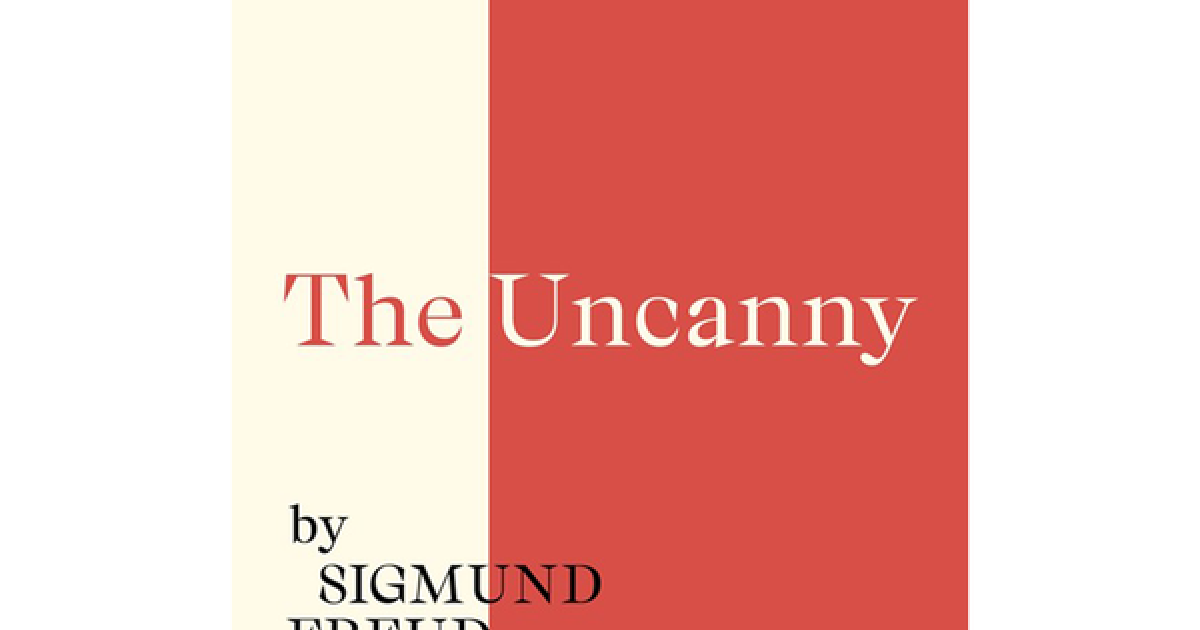
What's the best piece of (professional) advice you ever received?
I have two. During my internship with Anthon Beeke in 2009, he told me: ‘Clichés are your biggest friends. Use them in your own way, so that it becomes ‘you’.’ The other one is: ‘Don’t ever get too comfortable, you always should have a feeling that there’s a little rock in your shoe bothering you.’
What do you think defines the Dutch creative community?
Dutch creatives have the courage to try out new techniques and to bring out vulnerabilities. Difficult subjects are told in an accessible way. Young creators create top notch quality works although they get ‘okay’ budgets at best; their enthusiasm is admirable. Other keywords: sustainability, diversity and togetherness.
Who do you think is most underestimated in the creative industry?
We underestimate ourselves by constantly comparing ourselves to other countries. We want to put forward the same quality of work, but forget that we have different budgets. However, I see lots of talented people who don’t get discouraged by this and manage to come up with creative, cool solutions. I admire that.